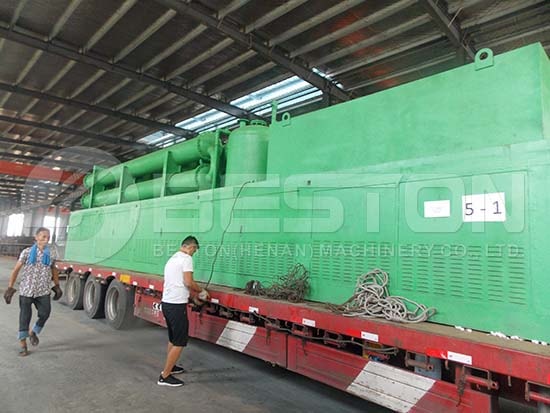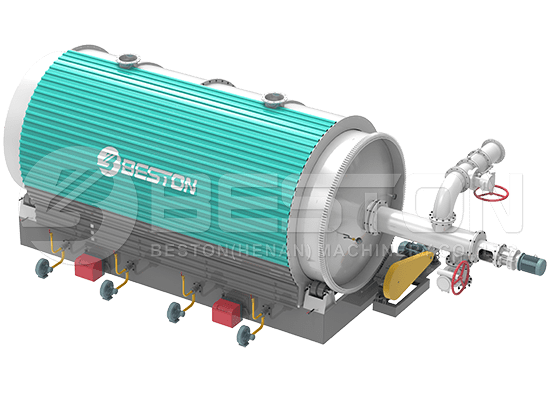There are more vehicles being manufactured and sold now than at any other time in history. Although the automotive industry is one of the largest industries that help to drive the global economy, there is one downside to the mass production of vehicles. There are a huge number of waste tires that are being produced as a result.
Many of these waste tires are thrown into landfills, and the number of tires that are being thrown in the landfills is increasing each year. The good news is that continuous tyre pyrolysis plant can significantly reduce the number of waste tires that end up in these landfills.

Not only do these waste tires take up a lot of real estates that could serve other uses, but these waste products also release dangerous chemicals that can leak into the ground and affect soil and groundwater in an area. Fortunately, there are several ways to get rid of these tires in a method that is not only environmentally friendly but also profitable.
The continuous tyre pyrolysis plants can turn waste tire to oil and other products by a process known as pyrolysis. In order for this process to occur, a continuous tyre pyrolysis plant is required.
What Are The Different Types Of Pyrolysis Plants?
There are different types of tyre pyrolysis plants. The first one is a continuous pyrolysis plant, the second type is a batch pyrolysis plant and the other one is the semi-continuous plant.
Although there are two different types of plants, there are several advantages to using a continuous tyre pyrolysis plant.

What Are The Benefits Of Using A Continuous Tyre Pyrolysis Plant?
One of the biggest downsides to using a small scale pyrolysis plant is that these types of plants are not very automated. They require a lot of manual labor in order to work properly.
Batch pyrolysis plants are not energy efficient. After each process, these plants have to stop in order to make sure all of the end products such as carbon black and steel wire are completely out of the plant. Also, you need to preheat the reactor.
In addition, tires must be fed into pyrolysis plant manually or you can use an automatic feeder. Once all of the tires have been processed, the plant has to be stopped so the process can start over once it has been topped off with more tires. Here is a video for your reference. Also, you can find related blogs for more details.
With a batch pyrolysis plant, this entire process can last as long as 20 hours. This means that it is unlikely that any fuel oil would be produced.
Another common downside to using a batch pyrolysis processing plant is that this type of plant is not able to process a large quantity of stock. This means that these plants are limited in the amount of tires they can process.
On the other hand, a continuous pyrolysis plant is able to feed through a large number of waste tires. In fact, there are several models on the market that can process over 100 waste tires in one day. Continuous pyrolysis plants are also automatic, so they require little to no manual assistance.
These are some of the benefits of using a continuous tyre pyrolysis plant. They are more efficient than batch small scale pyrolysis plant. But the smaller one will be more affordable. And also you need to know how many tires will you process. Be sure to comparison shop to find the pyrolysis plant that best meets your needs and budget.